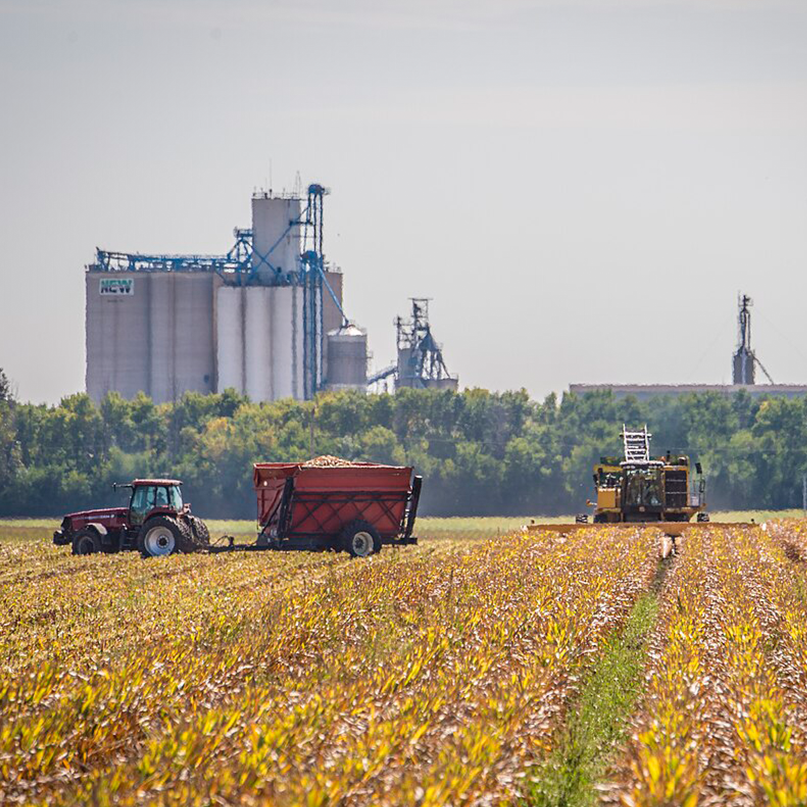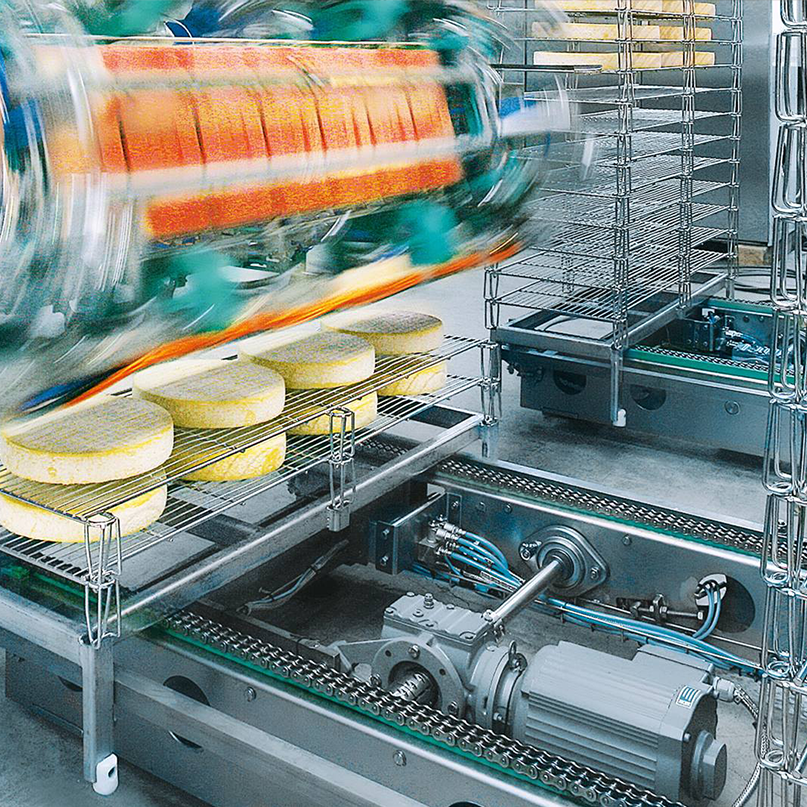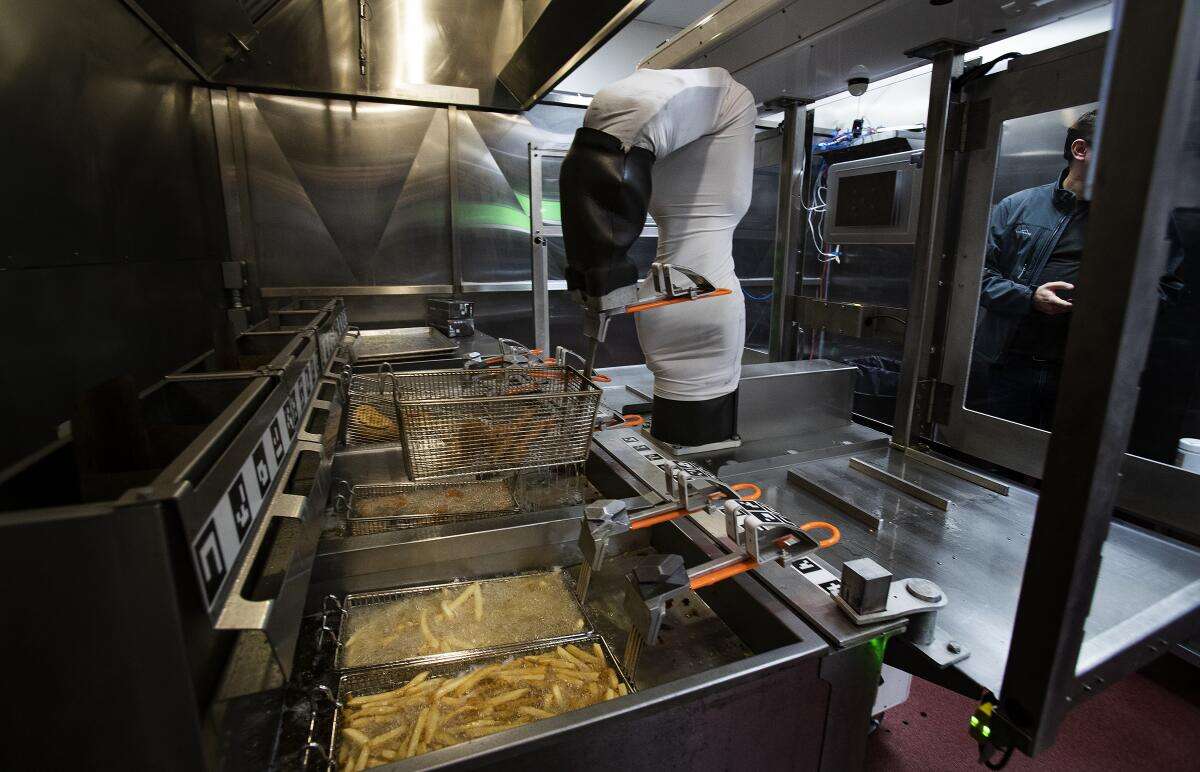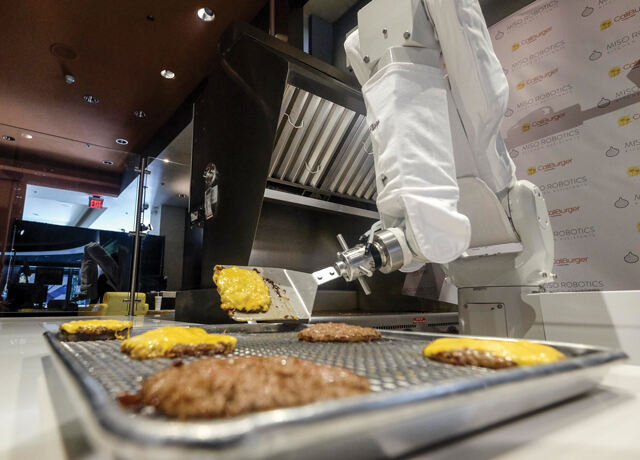FDA-Compliant Sanitary Valves: The Hidden Hero in American Food & Beverage Automation
Safeguarding Safety, Efficiency, and Compliance in Modern Manufacturing
In the heart of America’s bustling food and beverage plants, a silent revolution is underway. As automation reshapes production lines, FDA-compliant sanitary valves have emerged as unsung heroes—critical components that ensure product purity, operational efficiency, and adherence to stringent regulatory frameworks. From dairy processing to beverage bottling, these valves are the linchpin of systems that meet
OSHA compliance for industrial valves, align with USDA plant standards, and integrate seamlessly with food-grade pneumatic systems. This article explores how these technologies collectively defend both consumer health and corporate bottom lines.
1. Why FDA Compliance Isn’t Optional—It’s Existential
The FDA’s Current Good Manufacturing Practices (cGMP) mandate that any component contacting consumables must prevent contamination. Sanitary valves designed to FDA 21 CFR Part 177 standards deliver:
· Material Integrity: Constructed from 316L stainless steel or FDA-approved polymers resistant to corrosion and chemical leaching.
· Hygienic Design: Smooth, crevice-free surfaces eliminate bacterial harborage points—a non-negotiable for dairy, baby formula, or pharmaceutical-grade production.
·Traceability: Laser-etched identifiers enable full lifecycle tracking, crucial for recall management and audit readiness.
The Cost of Non-Compliance: A 2024 USDA report revealed that 23% of food recalls stemmed from valve-related contamination, costing manufacturers an average of $12M per incident in lost revenue and penalties.
2. OSHA Compliance for Industrial Valves: Protecting Workers and Processes
While FDA rules focus on product safety, OSHA compliance ensures worker protection in high-risk environments. Modern sanitary valves address both mandates through:
· Ergonomic Actuation: Reduced manual force requirements minimize repetitive strain injuries.
· Explosion-Proof Options: Intrinsically safe designs for ethanol or flour-dust environments (common in breweries and bakeries).
· Leak Detection Systems: IoT-enabled sensors alert teams to hazardous leaks before they escalate.
Case in Point: A Midwest snack factory reduced OSHA recordables by 65% after upgrading to automated sanitary valves with fail-safe pressure relief.

3. Sanitary Valve Installation Checklist for USDA Plants
Even the best valve underperforms if installed incorrectly. For USDA-regulated facilities, follow this 7-point checklist:
Pre-Installation Inspection: Verify material certifications (e.g., 3-A Sanitary Standards) and surface finish (Ra ≤ 0.8 μm).
Gasket Alignment: Use FDA-grade elastomers (EPDM or FKM) and torque to manufacturer specs to prevent biofilm formation.
Slope Optimization: Ensure 2% drainage slope to avoid stagnant zones in piping.
CIP Compatibility: Confirm valve design supports Clean-in-Place cycles with caustic solutions up to 80°C.
Air System Integration: Pair with food-grade pneumatic systems using NSF H1-lubricated actuators.
Post-Installation Testing: Conduct ATP swab tests to validate microbial cleanliness.
Documentation: Log installation details, including torque values and inspector signatures, for audit trails.
4. Food-Grade Pneumatic Systems: The Silent Partner in Automation
Pneumatic systems powering valve automation must meet equal rigor. Key considerations:
NSF H1 Lubricants: Certified for incidental food contact, preventing product adulteration.
Corrosion Resistance: Aluminum or stainless steel actuators withstand acidic washdowns.
Energy Efficiency: Variable-speed compressors cut energy use by 25% while maintaining precise control.
Innovation Spotlight: Leading U.S. manufacturers now offer “smart pneumatics” with:
· Predictive maintenance alerts based on air quality sensors.
· Blockchain-enabled compliance logs for real-time USDA/FDA audits.
· Hydrogen-compatible designs for future-proofing against green energy shifts.

5. The ROI of Compliance: Beyond Avoiding Fines
Investing in FDA/OSHA-compliant systems yields measurable returns:
· Extended Equipment Life: High-grade materials reduce replacement cycles by 3–5 years.
· Faster Line Changeovers: Quick-disconnect valves slash downtime between product batches.
· Export Market Access: Compliance with the EU’s EHEDG or China’s GB standards unlocks global opportunities.
A 2025 study by the Food Automation Institute found that plants using certified valves achieved:
· 18% higher overall equipment effectiveness (OEE)
· 42% fewer unplanned downtime events
· 90% faster regulatory approval for new product lines

Conclusion
In an era where a single contamination incident can destroy brands overnight, FDA-compliant sanitary valves are more than components—they’re insurance policies for reputation and revenue. By marrying OSHA-compliant safety, USDA-aligned installation rigor, and food-grade pneumatic precision, manufacturers can future-proof operations against evolving regulations and consumer expectations.
Ready to transform your facility’s compliance strategy? Partner with certified suppliers to audit your valve systems and build a contamination-defensive production line.


